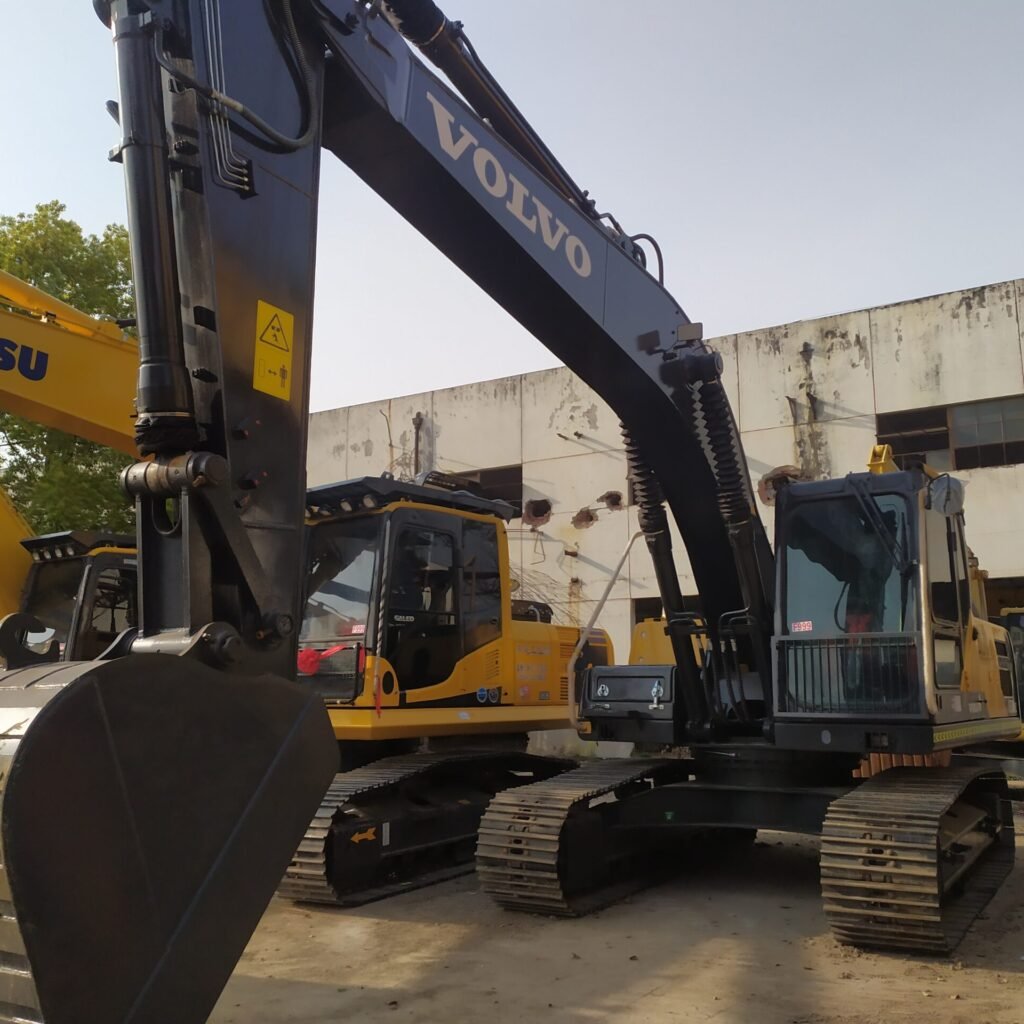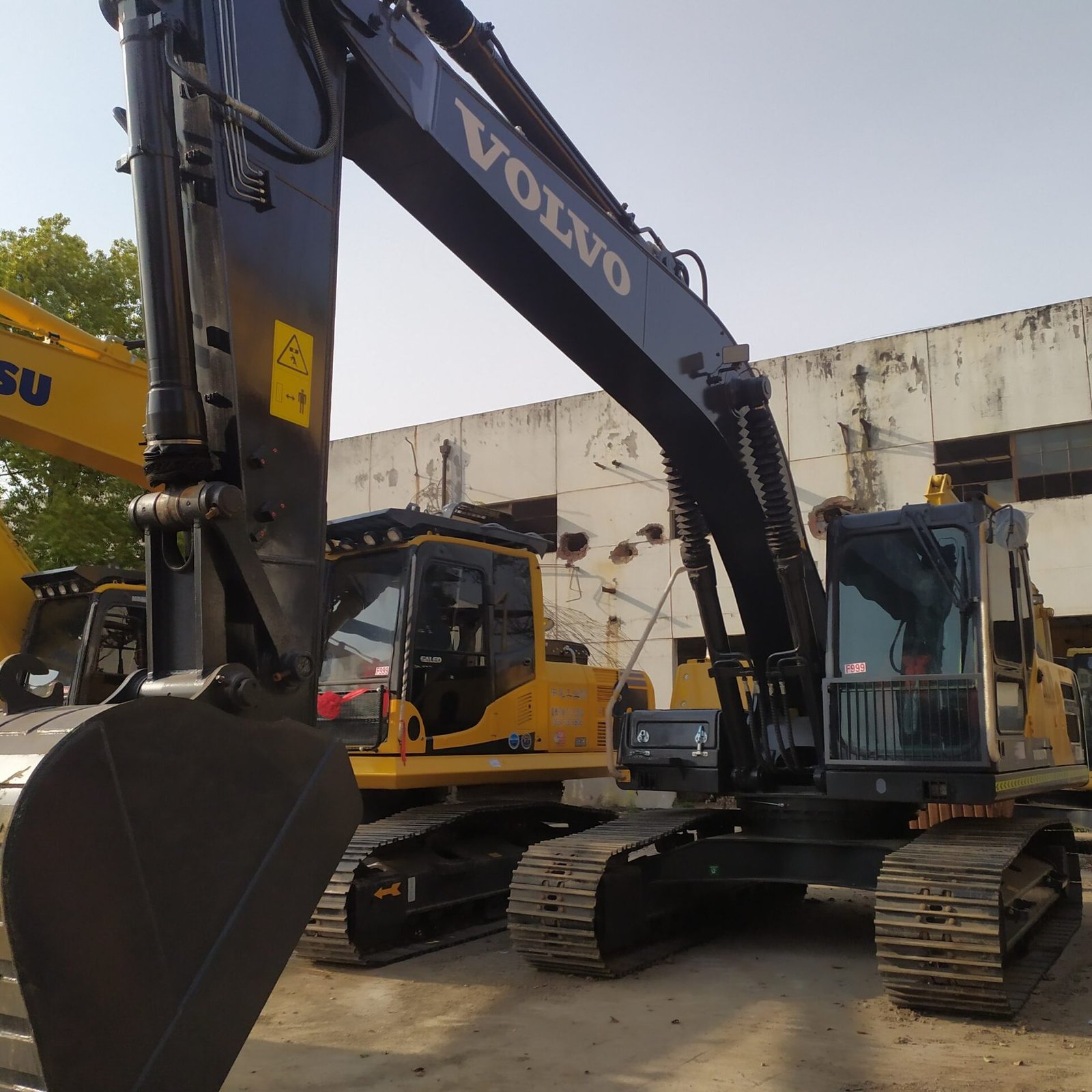I. Introduction
- Importance of Safety in Excavators:
- Safety features in excavators are not just regulatory requirements; they are essential components that protect operators, site workers, and the public from potential accidents. Given the inherent risks associated with operating heavy machinery, having reliable safety devices can significantly reduce the likelihood of injuries and fatalities.
- Discuss the potential consequences of neglecting safety features, such as serious injuries, equipment damage, costly legal liabilities, and project delays. For instance, a malfunctioning safety device can lead to catastrophic accidents, resulting in financial losses and tarnished reputations for companies.
- Overview of Key Safety Checks:
- This guide will provide a detailed approach to inspecting safety devices and markings, including identifying critical safety features, assessing the condition of safety labels, ensuring compliance with applicable safety standards, and reviewing maintenance records. By following these guidelines, buyers can make informed decisions and enhance operational safety.
II. Understanding Safety Devices
- Types of Safety Devices:
- Emergency Stop Buttons: These buttons are crucial for terminating operations immediately in emergencies. They should be easily accessible from the operator’s seat and clearly marked. Verify that the button is functional and that the mechanism engages properly.
- Safety Guards and Shields: These components protect operators from moving parts and potential hazards, preventing accidents related to entanglement or contact with hot surfaces. Inspect these guards for integrity and ensure they are securely fastened.
- Seat Belts and Operator Restraints: Essential for keeping the operator securely in their seat during operation, especially on uneven terrain. Inspect for signs of wear, fraying, or damage, and ensure they function correctly.
- Overload Protection Systems: These systems prevent the excavator from exceeding load capacities, which can lead to tipping or structural failure. Test the system to ensure it activates correctly when loads exceed safe limits.
- Functionality Check:
- Conduct comprehensive testing of each safety device. For example, press the emergency stop button to confirm it halts operations immediately. Check that safety guards are functional and free from damage that could compromise safety.
- Document any deficiencies identified during the inspection, as these findings are critical for negotiations regarding the purchase price and necessary repairs.
III. Inspecting Safety Markings
- Mandatory Safety Labels:
- Identify essential safety labels that must be present on the excavator, including:
- Warning Labels: These indicate potential hazards associated with the machine’s operation, such as high voltage or moving parts.
- Instructional Decals: Provide operators with necessary operating instructions and safety precautions, ensuring safe usage.
- Certification Marks: Such as ISO or CE markings, which demonstrate compliance with international safety standards.
- Identify essential safety labels that must be present on the excavator, including:
- Condition and Visibility:
- Assess the condition of safety markings. Labels should be clear, legible, and intact; any faded or damaged labels may lead to misunderstandings about safety protocols, potentially endangering operators.
- Ensure that safety markings are prominently displayed in visible areas, such as near operating controls and on the machine’s exterior. This visibility is crucial for promoting safe operating practices and compliance with regulations.
IV. Compliance with Safety Standards
- Understanding Relevant Standards:
- Outline the key safety standards and regulations that apply to excavators, such as:
- OSHA (Occupational Safety and Health Administration): Establishes regulations for safe equipment operation and workplace safety.
- ANSI (American National Standards Institute): Provides guidelines for safety devices and operational practices, ensuring equipment meets industry safety expectations.
- Local Regulations: Depending on the region, additional safety standards may apply, which should also be considered, such as environmental regulations and specific operational guidelines.
- Outline the key safety standards and regulations that apply to excavators, such as:
- Verification of Compliance:
- Describe the process for verifying that the excavator meets these safety standards. This may include checking for compliance documentation from the manufacturer, as well as third-party inspection reports.
- Encourage buyers to request any certification or proof of compliance from the seller, ensuring that the equipment adheres to necessary safety regulations, which can also be beneficial for resale value.

V. Importance of Maintenance History
- Reviewing Past Maintenance:
- Discuss the significance of obtaining and reviewing the excavator’s maintenance records. These records should detail inspections, repairs, and any replacements made to safety devices, which can reveal the equipment’s reliability and safety history.
- Highlight red flags in the maintenance history, such as inconsistent servicing or deferred maintenance on safety features, indicating potential neglect that could compromise the equipment’s operational safety.
- Implications of Inadequate Maintenance:
- Explain how a lack of regular maintenance can lead to increased wear on safety devices and a higher likelihood of malfunctions. For example, failing to regularly test emergency stop buttons could result in a failure to stop the machine in a critical situation.
VI. Testing Safety Features in Action
- Field Testing:
- Recommend conducting a field test of the excavator to observe safety devices in real operational conditions. This hands-on evaluation allows potential buyers to see how well the safety features perform under typical working scenarios.
- Stress the importance of having a qualified operator or technician perform this evaluation. Their expertise can provide valuable insights into the machine’s performance, safety standards, and any necessary adjustments or repairs.
- Documenting Test Results:
- Encourage buyers to document the findings from the field test, noting any safety features that do not perform as expected. This documentation can be useful for negotiating repairs or adjustments with the seller.
VII. Conclusion
- Recap of Key Safety Checks:
- Summarize the importance of thoroughly inspecting safety devices and markings to ensure compliance with safety standards before purchasing a used excavator. Reiterate that these checks are critical for ensuring safe operation and protecting all involved in the work environment.
- Final Recommendations:
- Encourage buyers to prioritize safety inspections in their purchasing process and consider involving safety experts or certified technicians for a comprehensive evaluation of the excavator.
- Emphasize that investing time and effort into these safety checks not only enhances workplace safety but also improves the longevity and reliability of the equipment. A thorough evaluation can lead to a more successful and secure operational environment, ultimately saving costs and enhancing productivity in the long run.



